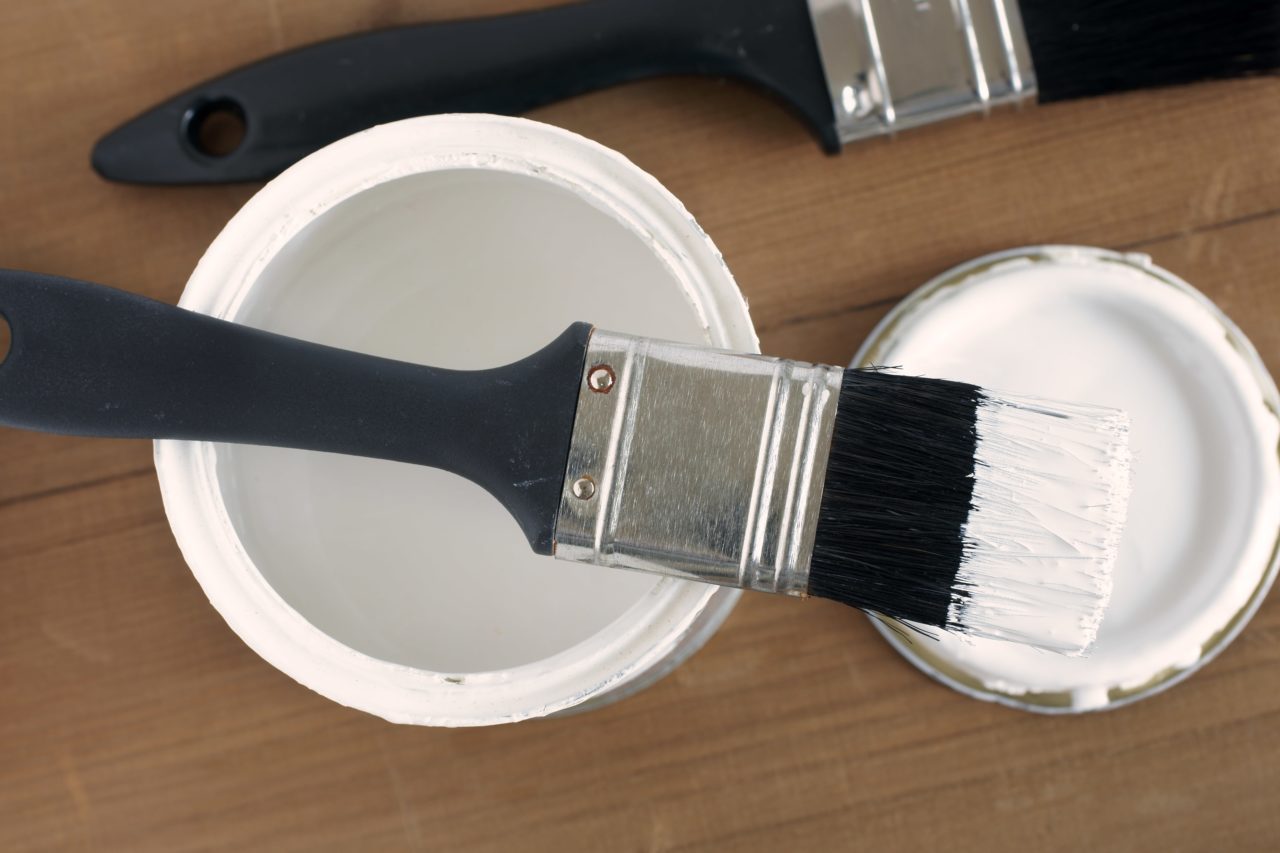The type of primer you use for your metal roof will significantly affect its longevity and beauty. There are various types to choose from, all with benefits and drawbacks. In this article, we’re going to discuss some tips on how to determine which primer is best for your specific needs and what kind of factors should be considered when making that decision.
These tips and considerations are as follows:
Cost
The cost to paint your roof will be significantly affected by which primer you choose. While some may seem more expensive than others, it is essential to consider that a higher-priced option does not always mean better quality. Therefore, it’s best to research each type of product before deciding.
Ease Of Use
Some primers are more accessible to apply than others, so it’s important to choose simple ones for you to use. If you’re not comfortable using a specific type of primer, the result may not be as good as if you had used a more user-friendly product.
Longevity
How long the primer will last is an important consideration. Some primers may only need to be applied once, while others may need reapplied more often. Therefore, choosing a primer that will give you the best results with minimal maintenance is essential.
VOC’s: Volatile Organic Compounds
The primer should have low VOC’s since that means it is less toxic and won’t emit harmful chemicals into the air as much. It may also mean it will last longer before needing to be reapplied.
Nail Penetration
The primer should have a good nail penetration since it will be applied over the nails. You don’t want your paint to peel off because you used a primer that didn’t allow for proper nail penetration. This is especially important if you plan on painting right after installing the metal roofing sheets, rather than waiting several months in between.
Compatibility With Roofing Material
Not all primers are compatible with all types of metal roofing materials. Therefore, it’s essential to choose a primer that will be effective on the specific material you are using. For example, some primers are designed for aluminum, while others are meant for steel. Make sure to select the primer that is specific to your roofing material.
Primer Thickness
Primers come in different thicknesses as well. You will need to decide how thick you want your primer to be. Thicker primers provide more protection against corrosion and weathering, but they also take longer to dry. If you are painting a roof in good condition, a thinner primer may be all you need. However, if your roof has been damaged by weather or corrosion, you will want to use a thicker primer for better protection.
Application Method
The application method is another important consideration when choosing a roof primer. Some primers are applied with a sprayer, while others require hand brushing or rolling on the product.
Once you’ve considered these factors, it’s time to decide which primer is suitable for you. Here are some of the most popular primers on the market today:
Acrylic Primer – a very simple and general primer, acrylic is easy to apply. It’s not as durable as some other primers, but it costs less than most of them, too, making this an affordable choice for many homeowners looking to paint their roofs quickly.
Epoxy Primer – a very popular option; epoxy is easy to use and can be applied in one coat only. In addition, it’s more durable than acrylic primer and will last longer because you won’t need to reapply it as often.
Silicate Primer – this is another common choice for metal roof painting projects. Silicate is known for its excellent adhesion properties and long lifespan. It can be more challenging to apply than some other primers, but the results are worth it.
Zinc Primer is a good choice for roofs that have been previously painted with non-zinc-based paint; zinc primer can help prevent rusting and extend the lifespan of your roof. It is more expensive than some other types of primer, but the benefits may be worth it.
When painting a metal roof, it’s essential to use a primer specifically designed for metal surfaces. There are many different types of primers available, so it’s vital to choose the primer that is best suited for your needs.

